Contact Us
+91 7900000776
Contact Us
+91 7900000776
Blogs
In the world of metal heat treatment, few processes are as foundational as annealing. Whether you're involved in metalworking, manufacturing, or automotive repair, understanding annealing can be a game-changer for improving the quality, flexibility, and longevity of your metal components.
In this article, we’ll break down what annealing is, how it works, and why it’s so important in modern industries. Let’s dive in.
Annealing is a heat treatment process used primarily to soften metals, relieve internal stresses, improve ductility, and refine the grain structure of metal materials like steel, copper, aluminum, and brass.
The process involves heating the metal to a specific temperature, holding it there for a period of time (called "soaking"), and then cooling it slowly, usually inside a furnace. This controlled thermal cycle alters the physical and chemical properties of the metal, making it easier to work with in subsequent machining, forming, or welding operations.
The annealing process typically includes three stages:
The metal is heated to a temperature where atomic movement relieves internal stresses caused by cold working or machining.
New, strain-free grains form and grow, replacing the deformed grain structure from the prior work process. This drastically improves ductility and toughness.
If held at the elevated temperature long enough, grain structures can grow larger, further reducing hardness and increasing malleability.
Annealing is essential for a wide range of applications and industries. Here are some of the key advantages:
✅ Increased ductility and malleability
✅ Improved machinability
✅ Stress relief from cold working
✅ Enhanced electrical conductivity (especially in copper)
✅ Better formability in manufacturing processes
✅ Longer tool and component life
This is why annealing is a go-to process in sheet metal forming, wire drawing, pipe manufacturing, and metal forging.
Different metals and industrial needs call for different annealing techniques. Here are the most common types:
Used mainly for steel. The metal is heated above its critical temperature, then cooled very slowly in a furnace.
Used for low-carbon steels that have been cold worked. It helps restore ductility without fully softening the material.
Used after welding or machining to remove internal stresses without changing the mechanical properties significantly.
Used for high-carbon steels to produce a structure that improves machinability.
Metal is cooled rapidly to a lower temperature and held until transformation is complete, offering better control.
Annealing is used across many engineering and manufacturing sectors:
Automotive industry – gears, shafts, and suspension parts
Aerospace – aircraft parts requiring stress-free structures
Electrical industry – annealed copper wires for improved conductivity
Construction – structural steel components
Tool & die manufacturing – pre-machining treatment
At Thakur Industries, we provide annealing heat treatment services in Ludhiana and Punjab for a variety of industrial components. Our controlled process ensures uniform results and high reliability.
Here’s a quick comparison to understand how annealing stands apart from similar heat treatment methods:

If you need softer, more workable metal, or want to relieve internal stresses for parts that have undergone heavy machining or cold working, annealing is the ideal solution. It’s a cost-effective way to boost performance, reduce failure, and improve post-processing results.
At Thakur Industries, we specialize in custom heat treatment solutions, including annealing, induction hardening, normalizing, and tempering. We work with clients across Punjab, delivering reliable services backed by precision machinery and industry expertise.
Get in touch with Thakur Industries today for a quote or consultation on our industrial annealing services.
🌐 Website: www.thakurinduction.com
📱 Phone: +91 9815822721
📍 Serving: Ludhiana, Punjab, and nearby industrial zones.
